PROTECT YOUR DNA WITH QUANTUM TECHNOLOGY
Orgo-Life the new way to the future Advertising by Adpathway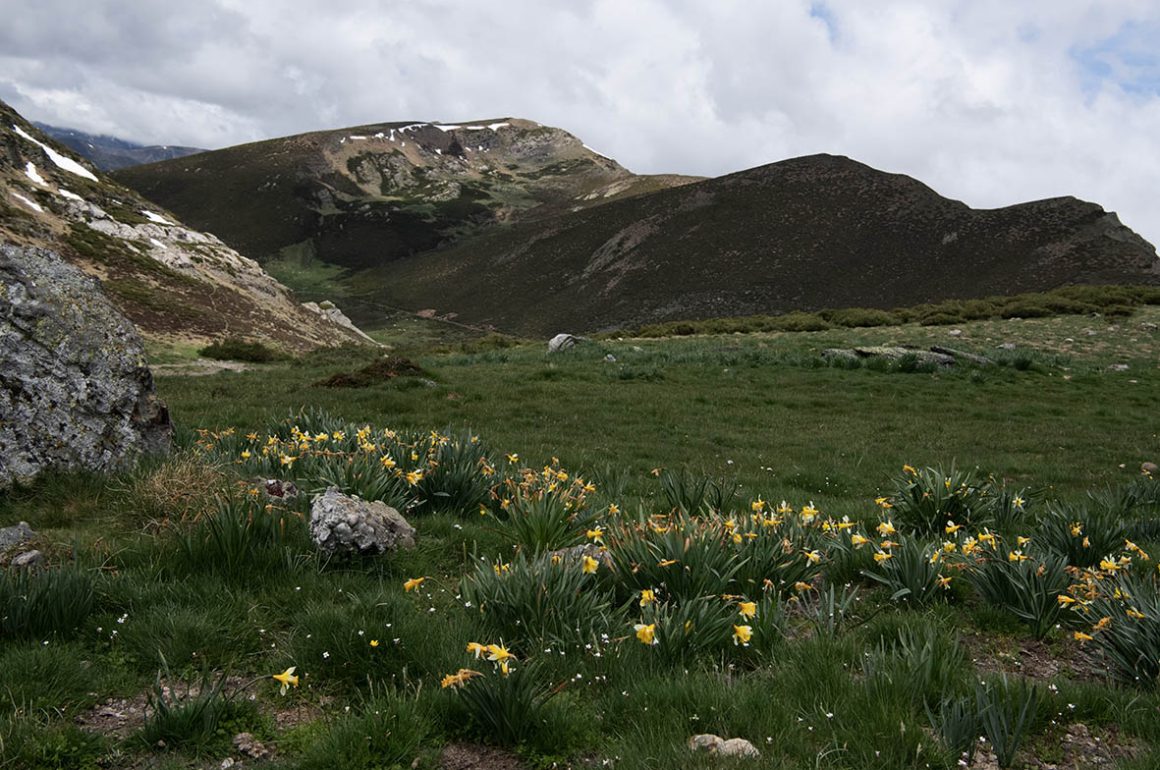
I always enjoy visiting the mountain peaks of the Iberian Peninsula in the spring and summer. Apart from providing a reprieve from the heat of the lowlands, these mountains offer some wonderful gems for the birder. From the 2,000 to the plus 3,000-metre peaks of the Sierra Nevada and the Pyrenees via the high mountains in the centre, such as Gredos, the birds up here are living on habitat islands. These islands were once more extensive, during glacial periods. With subsequent warming, these habitats went north and up the mountains, and the birds followed them.
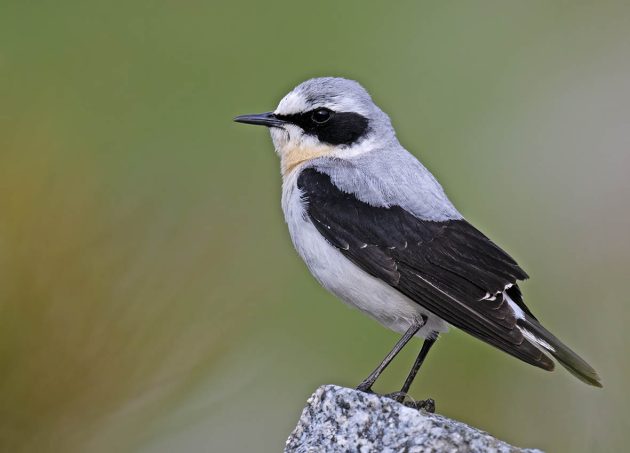 Male Northern Wheatear
Male Northern Wheatear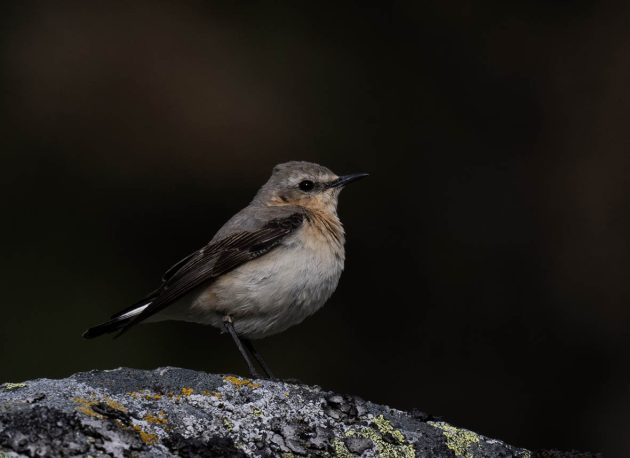 Female Northern Wheatear
Female Northern Wheatear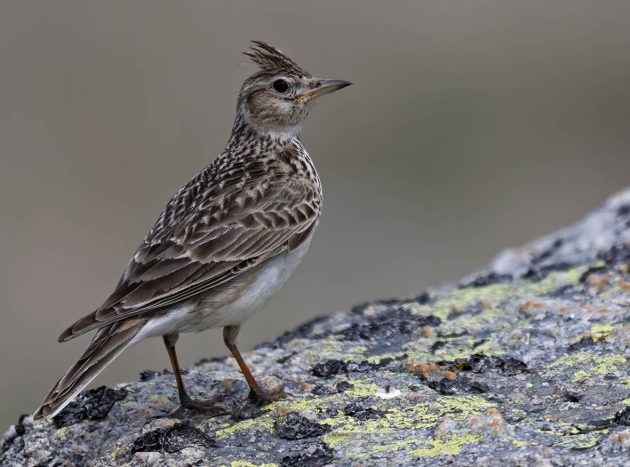 Skylark
SkylarkSome of these birds would be considered typical open habitat birds further north but here they only breed on the high ground. Among these, Northern Wheatears (Oenanthe oenanthe) and Skylarks (Alauda arvensis) dominate. With the decline of these species across many parts of Europe, as a result of farming practices leading to loss of food and habitat, we may find one day that these mountains become strongholds for these species.
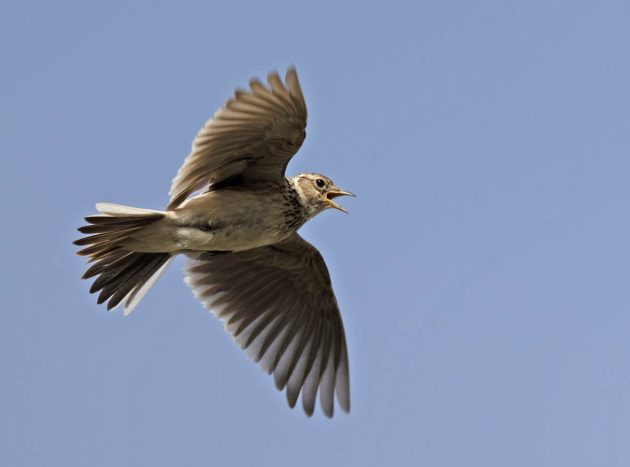 Skylark flight display
Skylark flight display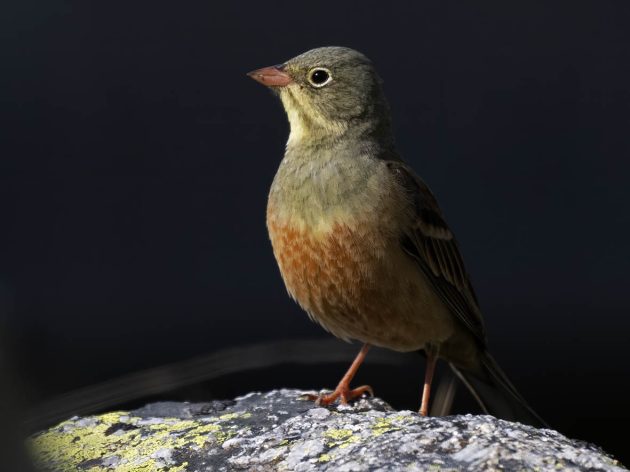 Ortolan Bunting
Ortolan Bunting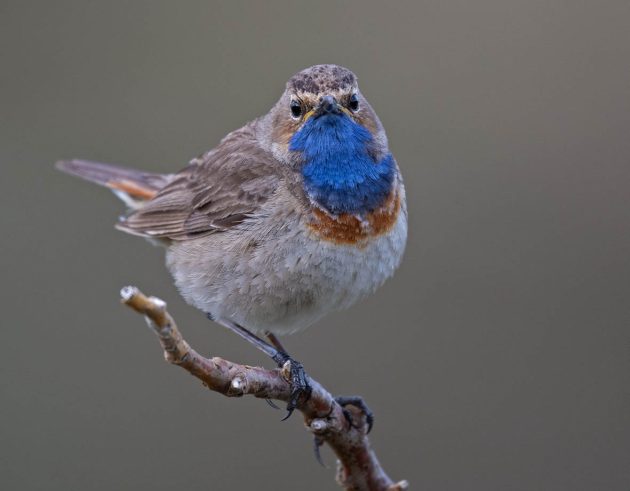 Iberian Bluethroat. Photo courtesy Geraldine Finlayson
Iberian Bluethroat. Photo courtesy Geraldine FinlaysonSierra de Gredos, in Central Spain, is a favourite site. I like visiting in late spring. By then the trans-Saharan migrants have arrived. These include the beautiful Ortolan Buntings (Emberiza hortulana). Here, you will find Iberian Bluethroats (Luscinia svecica azuricollis), notable by the absence of a white or red spot on the blue throat. Dunnocks (Prunella modularis) are present everywhere in a landscape of open ground, rocks and low shrubs, which would appear odd to a birder from northern Europe.
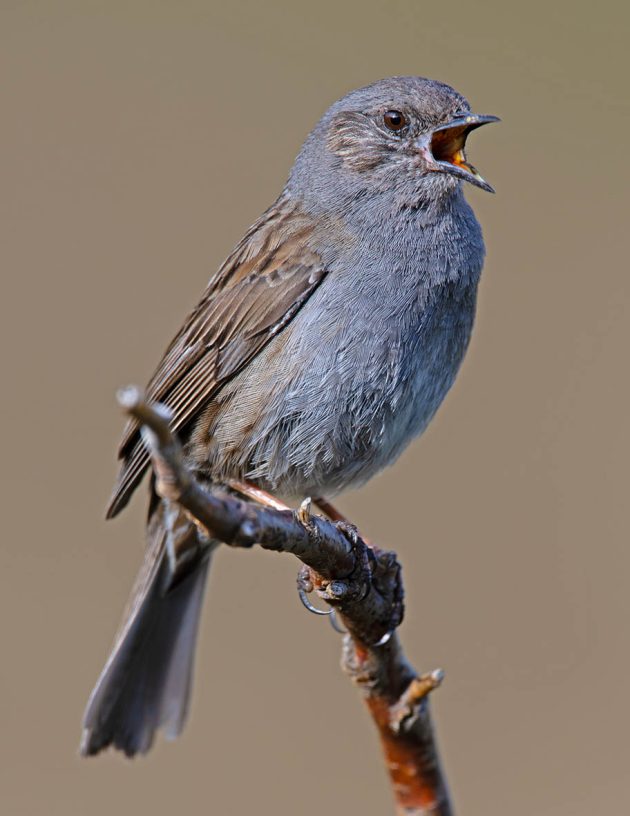 Dunnock. Photo courtesy Geraldine Finlayson
Dunnock. Photo courtesy Geraldine Finlayson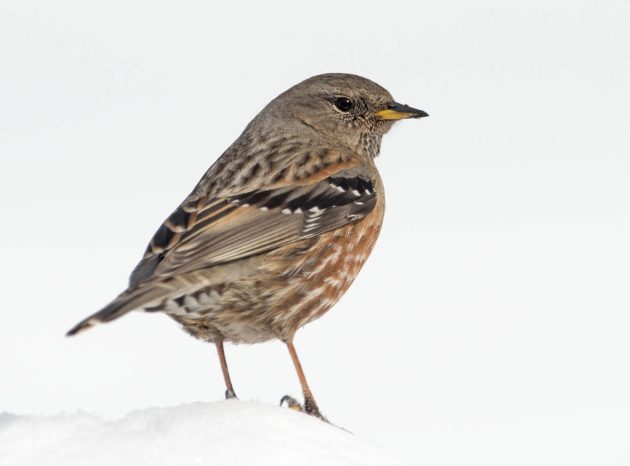 Alpine Accentor on snow line
Alpine Accentor on snow lineIts close relative – the Alpine Accentor (Prunella collaris) – lives higher up and finding it requires a search along the peaks. These birds are also common in the Pyrenees and along the Cantabrian Mountains. Here, in the north of the peninsula, the peaks are home for Alpine Choughs (Pyrrhocorax graculus) and another special bird – the White-winged Snowfinch (Montifringilla nivalis). Add to these, the Water Pipits (Anthus spinoletta) that are then dressed with pink-suffused breeding plumage, feeding around snow-melt pools and it is hard to believe you are in the south of the continent.
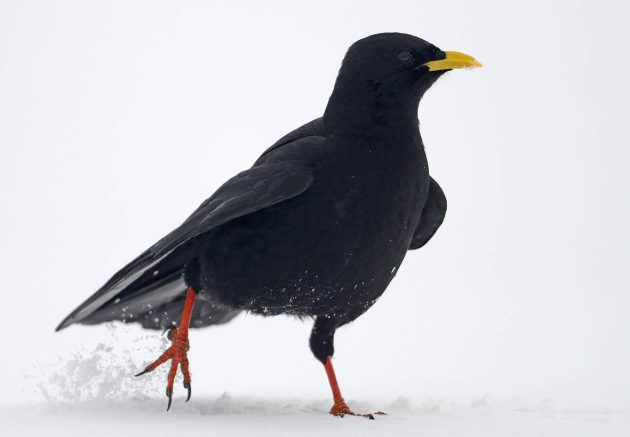 Alpine Chough on snow line
Alpine Chough on snow line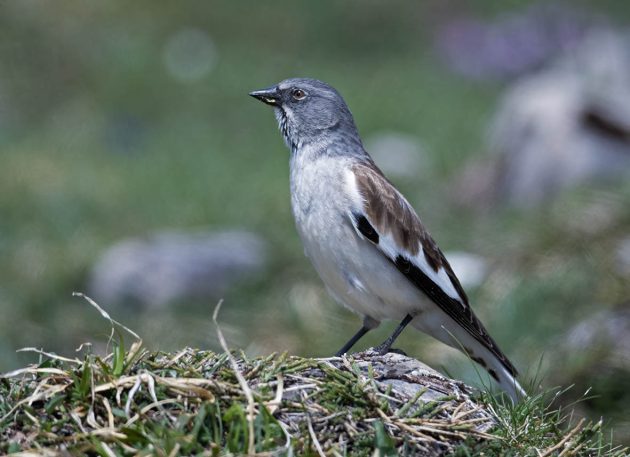 White-winged Snow Finch
White-winged Snow Finch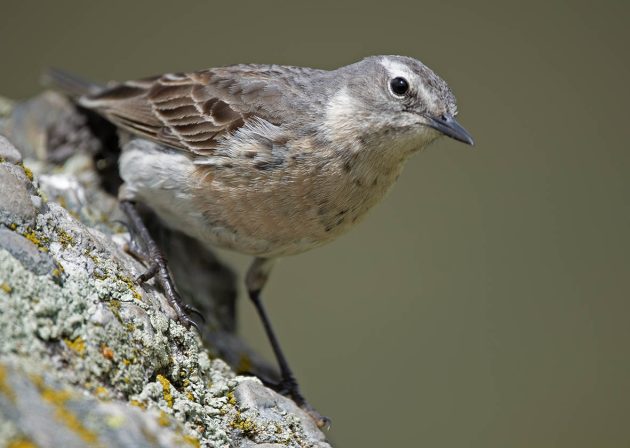 Water Pipit. Photo courtesy Geraldine Finlayson
Water Pipit. Photo courtesy Geraldine FinlaysonOne more special bird inhabits these mountains, right down to Gredos: the Citril Finch (Carduelis citrinella). Living lower down than the birds of the open, Alpine world, Citril Finches hang around conifer woodland and plantations but they also visit gardens around the mountain villages. One of my favourite locations to find these is the garden of the Parador de Gredos, where you can watch them in comfort while enjoying a pre-dinner drink! Such is life in the Iberian mountains!
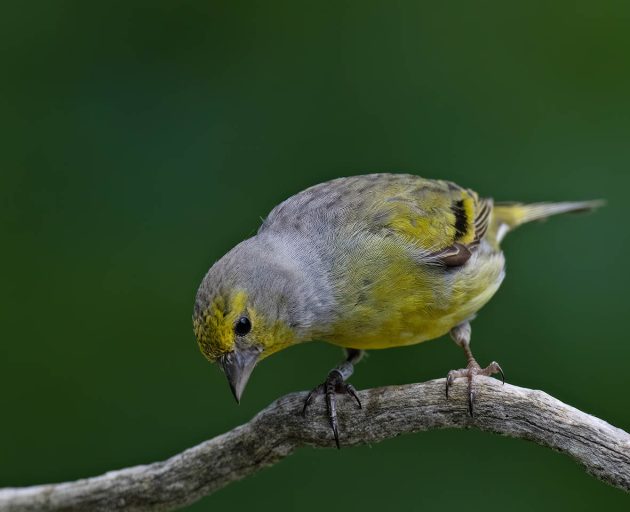 Male Citril Finch
Male Citril FinchWritten by Clive Finlayson
Growing up in Gibraltar, it is impossible not to notice large birds of prey, in the thousands, overhead. That, and his father’s influence, got Clive hooked on birds from a very young age. His passion for birds took him eventually to the Edward Grey Institute of Field Ornithology at Oxford University where he read for a DPhil, working with swifts and pallid swifts. Publishing papers, articles and books on birds aside, Clive is also a keen bird photographer. He started as a poor student with an old Zenit camera and a 400 mm lens; nowadays he works with a Nikon mirrorless system. Although his back garden is Gibraltar and the Strait of Gibraltar, Clive has an intimate knowledge of Iberian birds but his work also takes him much further afield, from Canada to Japan to Australia. He is Director of the Gibraltar National Museum. Clive's beat is "Avian Survivors", the title of one of his books in which he describes the birds of the Palaearctic as survivors that pulled through a number of ice ages to reach us today.



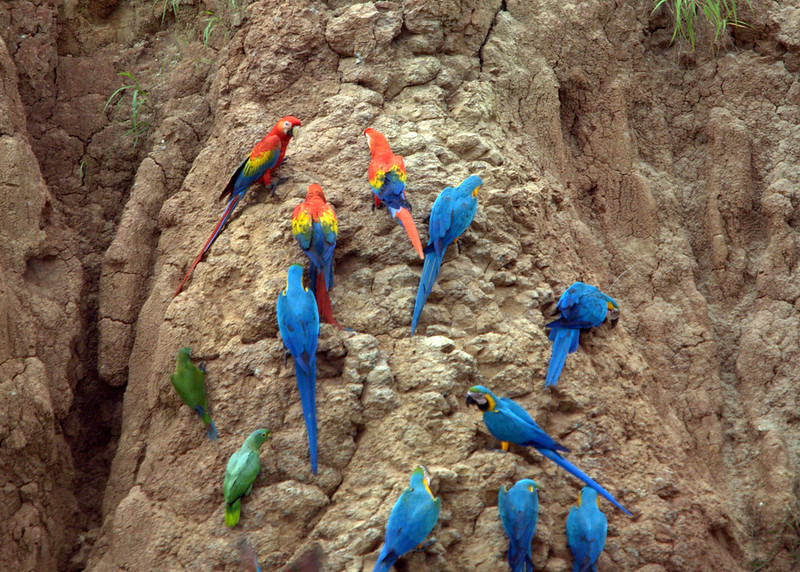


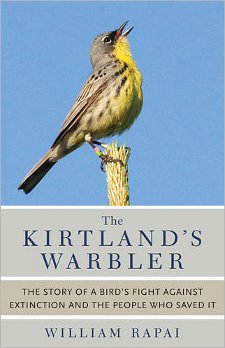
















 English (US) ·
English (US) ·  French (CA) ·
French (CA) ·